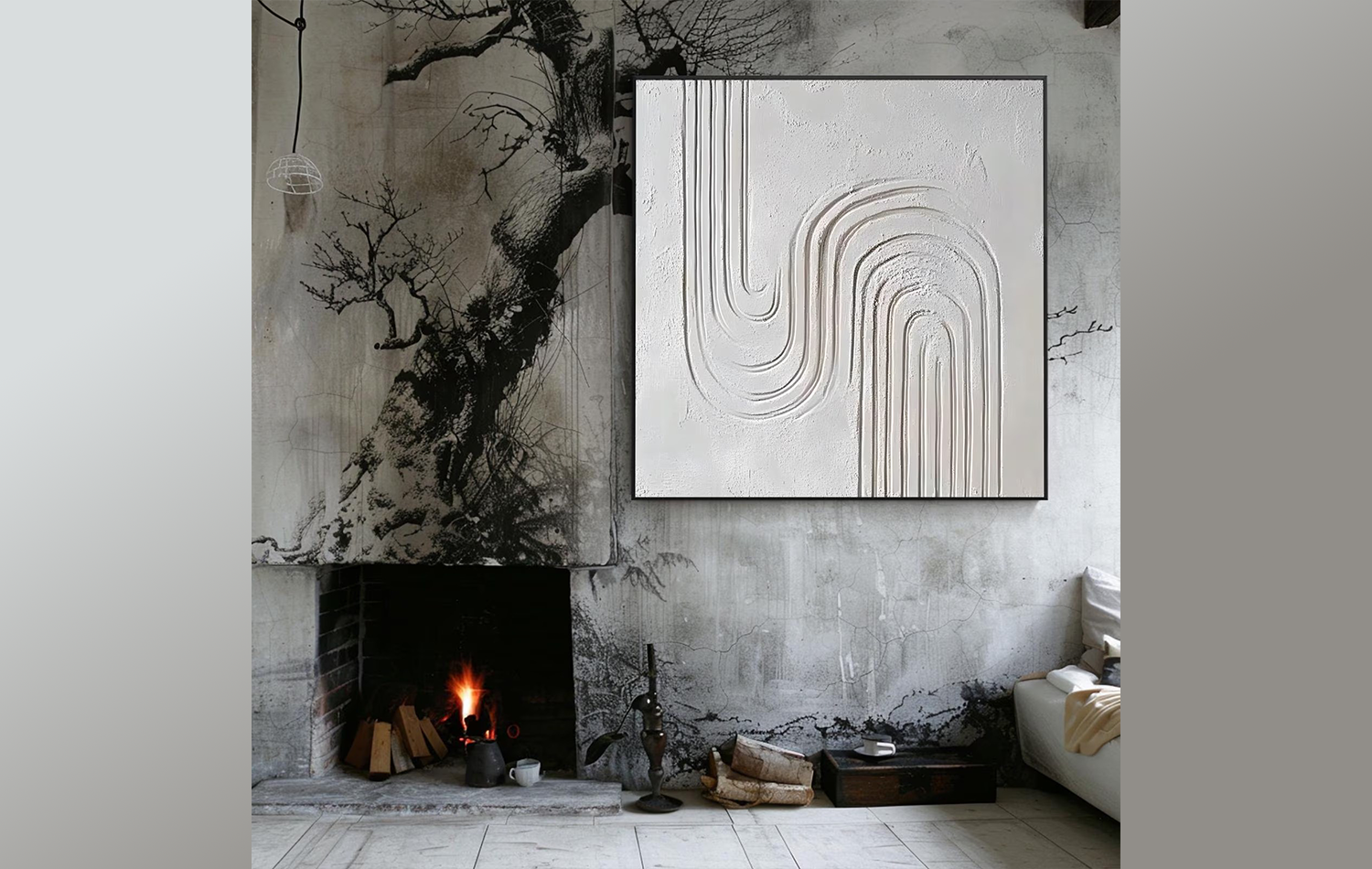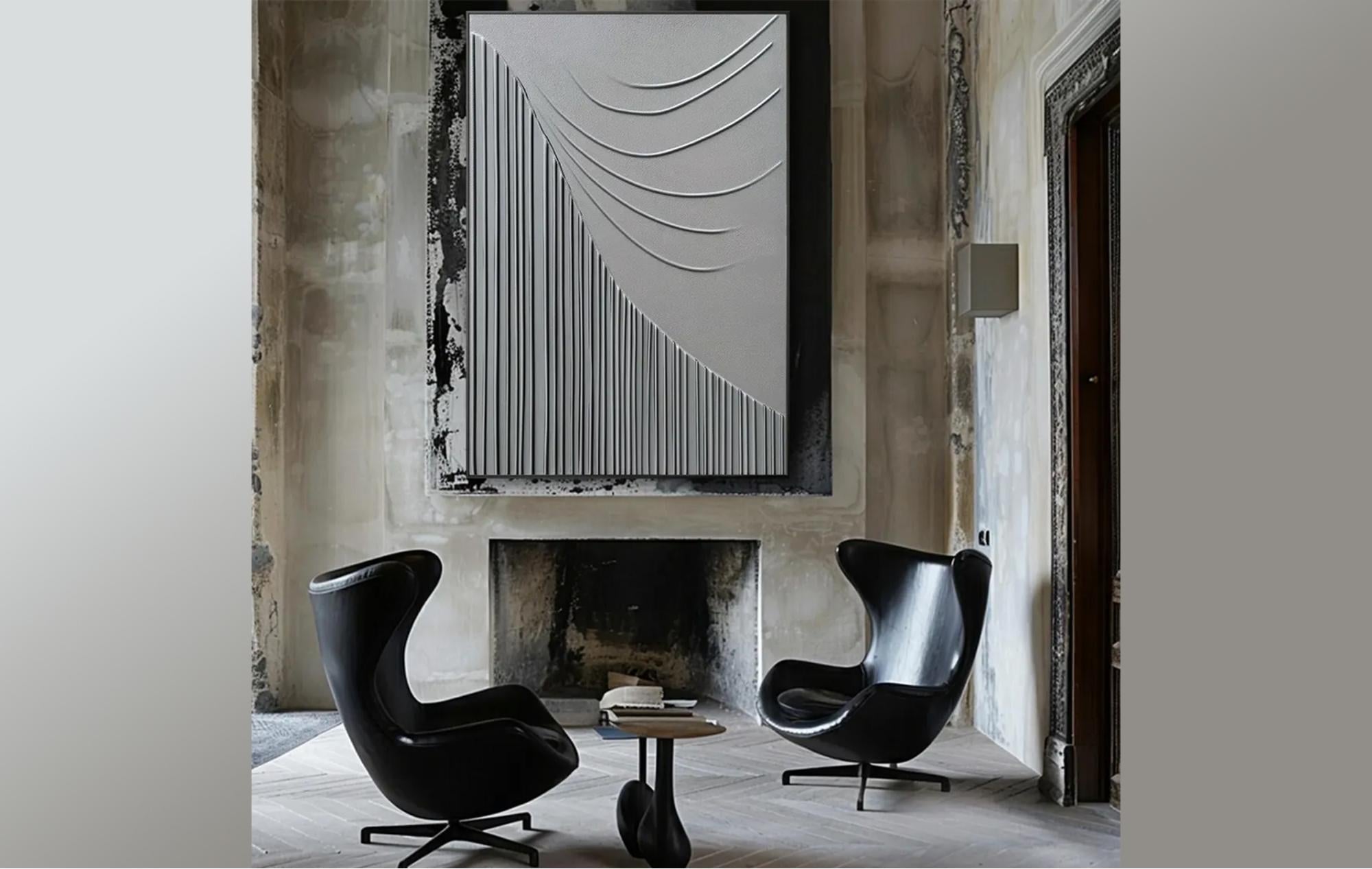
Silence and Gesture: The Power of Restraint in Figurative Oil Painting
In the world of advanced oil paintings, less is often more.
While bold brushstrokes and vibrant colors easily capture attention, it’s the quiet moments—the pauses, the subtle gestures, the intentional omissions—that often hold the deepest emotional resonance.
This article explores how restraint serves as a powerful tool in figurative oil painting, transforming familiar scenes into profound visual narratives.
The Language of Silence
Silence in art isn’t emptiness. It’s a deliberate space—a visual breath that allows the viewer to pause and reflect. In advanced oil paintings, artists use silence to:
- - Create emotional tension
- - Direct the viewer’s focus
- - Suggest narratives without over-explaining
Consider the works of masters like Vilhelm Hammershøi or Edward Hopper. Their subdued palettes and minimal scenes speak volumes through what is not shown. A turned back, an empty chair, a window with muted light—these elements invite us into a story rather than dictate it.
The Eloquence of Gesture
In contrast to silence, gesture provides the subtle cues that give figurative painting its humanity. A slightly tilted head, a hand resting on a table, a gaze averted—these small actions carry immense expressive weight.
In advanced oil paintings, gestures are often understated. Artists capture fleeting moments of introspection or anticipation, using limited motion to convey complex inner states. This balance of action and stillness is where true artistry shines.
Techniques for Painting Restraint
How do painters achieve this nuanced storytelling? Here are some methods common in advanced oil painting:
Tonal Restraint
Using a limited or muted color palette to evoke mood and focus attention.
Simplified Composition
Reducing clutter to emphasize key elements—often a single figure or gesture.
Soft Edges and Blending
Creating ambiguity and depth by allowing forms to merge into the background.
Suggestion Over Detail
Implied features or unfinished areas that engage the viewer’s imagination.
These techniques require mastery of the medium. Control over value, texture, and brushwork is essential to making quiet scenes feel dynamic rather than flat.
Why Restraint Resonates
In a world saturated with visual noise, paintings that embrace quietness offer a retreat. They don’t shout; they whisper. And it’s in that whisper that many viewers find connection—a sense of shared solitude, contemplation, or peace.
Figurative oil paintings that leverage restraint remind us that meaning isn’t always in the grand gesture. Sometimes, it’s in the almost-missed glance, the shadow under a door, or the space between two figures.
Conclusion
Restraint isn’t about doing less—it’s about saying more with less. Whether you're an artist or an admirer of advanced oil paintings, paying attention to silence and gesture can deepen your appreciation for the nuanced language of figurative art.
What’s a painting that moved you with its quiet power? Share your thoughts in the comments.

